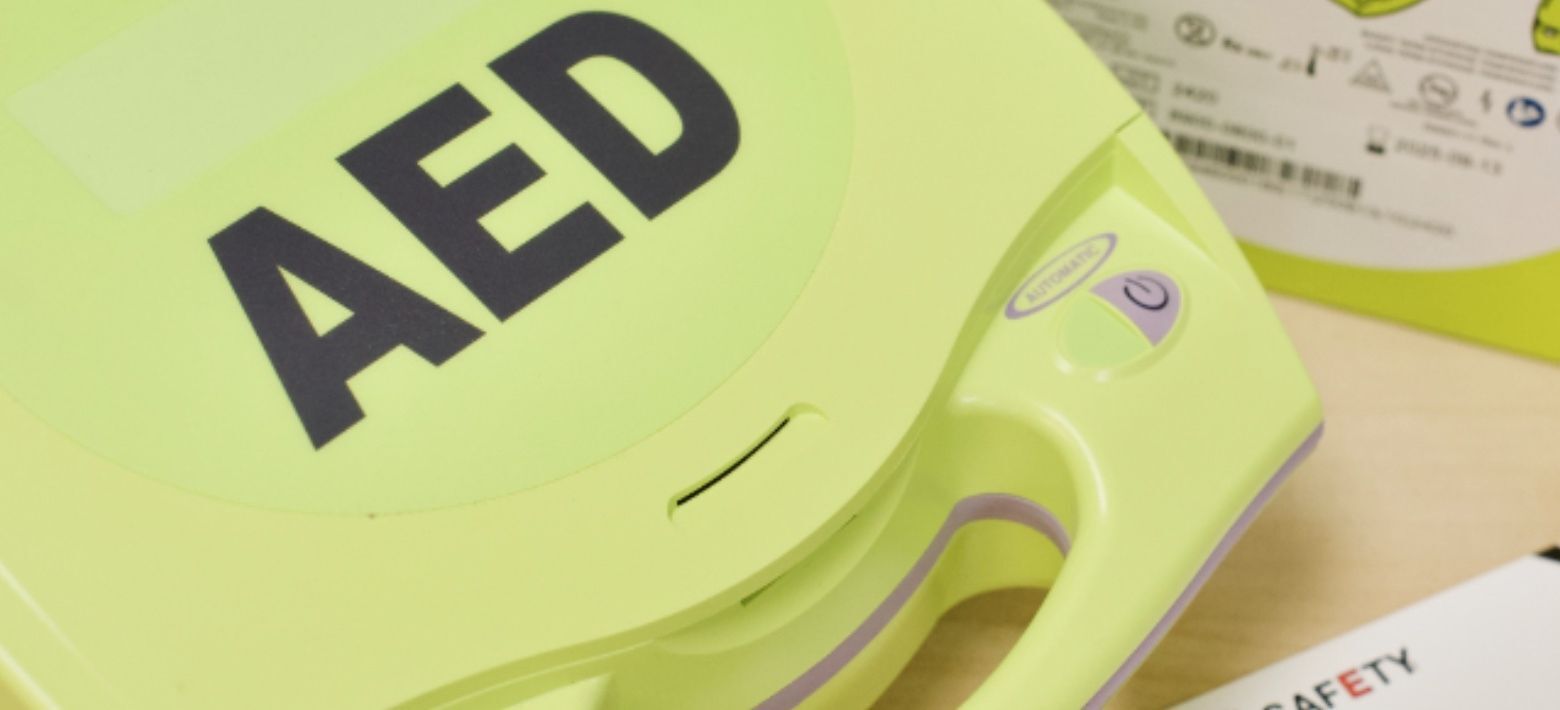
You’ve gone ahead and purchased an automated external defibrillator (AED). Smart move! You’ve made a vital step toward being prepared to help a person in cardiac arrest.
Now what? Should you forget about it until it’s needed in an emergency?
No. An AED is a machine, and machines require maintenance – even if they’re not used.
With a little knowledge and planning, you can ensure your AED is in tip-top shape and ready to use. Someone’s life – perhaps yours – may depend on it.
Your AED will include important maintenance information, including a recommended maintenance schedule. There might be a checklist too. Let’s get a head start by exploring the steps you should take to ensure your AED will be good to go if it’s pressed into action.
Replacing electrode pads
The electrode pads that attach to a person in cardiac arrest must be replaced periodically. Like a carton of milk or a pack of batteries, the pads carry an expiration date. The adhesive gel that coats the pads, keeping them fixed to a person’s body, dries out over time. If the pads don’t stick properly, they won’t deliver the electric shock needed to jolt the heart back into a normal rhythm.
The schedule for replacing pads depends on the manufacturer’s guidelines. Replacement every two to five years is a general timeframe.
If the pads are used, they must be replaced immediately.
Replacing batteries
AEDs are battery powered, and a battery’s effectiveness decreases over time. Some AEDs use one battery, while others use several. Most AEDs use lithium batteries, which last longer than many other battery types. AED batteries are typically non-rechargeable, so you’ll need to use new ones when it’s time to swap them out.
Like the electrode pads, AED batteries should be replaced every two to five years. Most AEDs will perform regular self-checks and alert you to when the batteries are low.
If you’ve used the AED in an emergency, check the battery (or batteries) immediately afterward. Replacement may be required.
Replacing accessories
AEDs may include accessories, such as razors, gloves, and wipes. These should be checked and replaced if expired.
Reminders and automatic replacement
If you’re concerned that you’ll forget to order replacement parts in time, organizations such as Starting Hearts can help. AED maintenance is made convenient via automatic email reminders and the sending of replacement parts, such as electrode pads and batteries.
There are also helpful videos that provide step-by-step instructions for replacing pads and batteries.
Optimal storage environment
Like many other machines, AEDs become less effective when exposed to extreme heat or cold. In general, an AED should be kept in a dry location with a temperature between 32-120 degrees Fahrenheit. Of course, you’ll want the AED to be in a highly visible spot so it’s easy to locate if needed.
An AED is a powerful, life-saving tool. If you’ve purchased one, a little knowledge and planning can help to ensure it’s always ready to go in an emergency. A person’s life could depend on it.
At Starting Hearts, we can provide specific training for making a life-saving difference.
Contact us for more information: info@startinghearts.org.
Patrick Golden is a healthcare writer based in Massachusetts.
